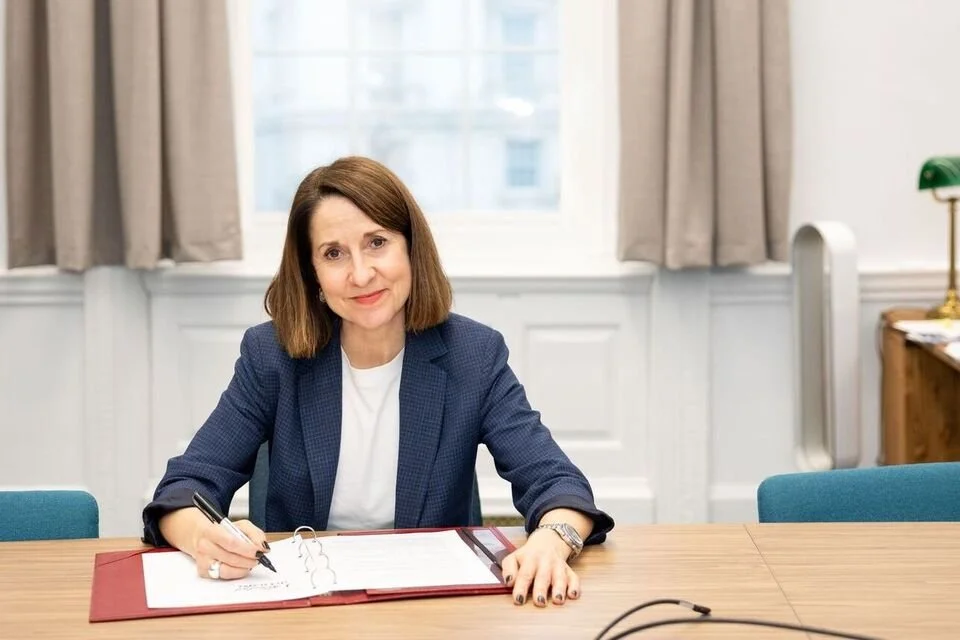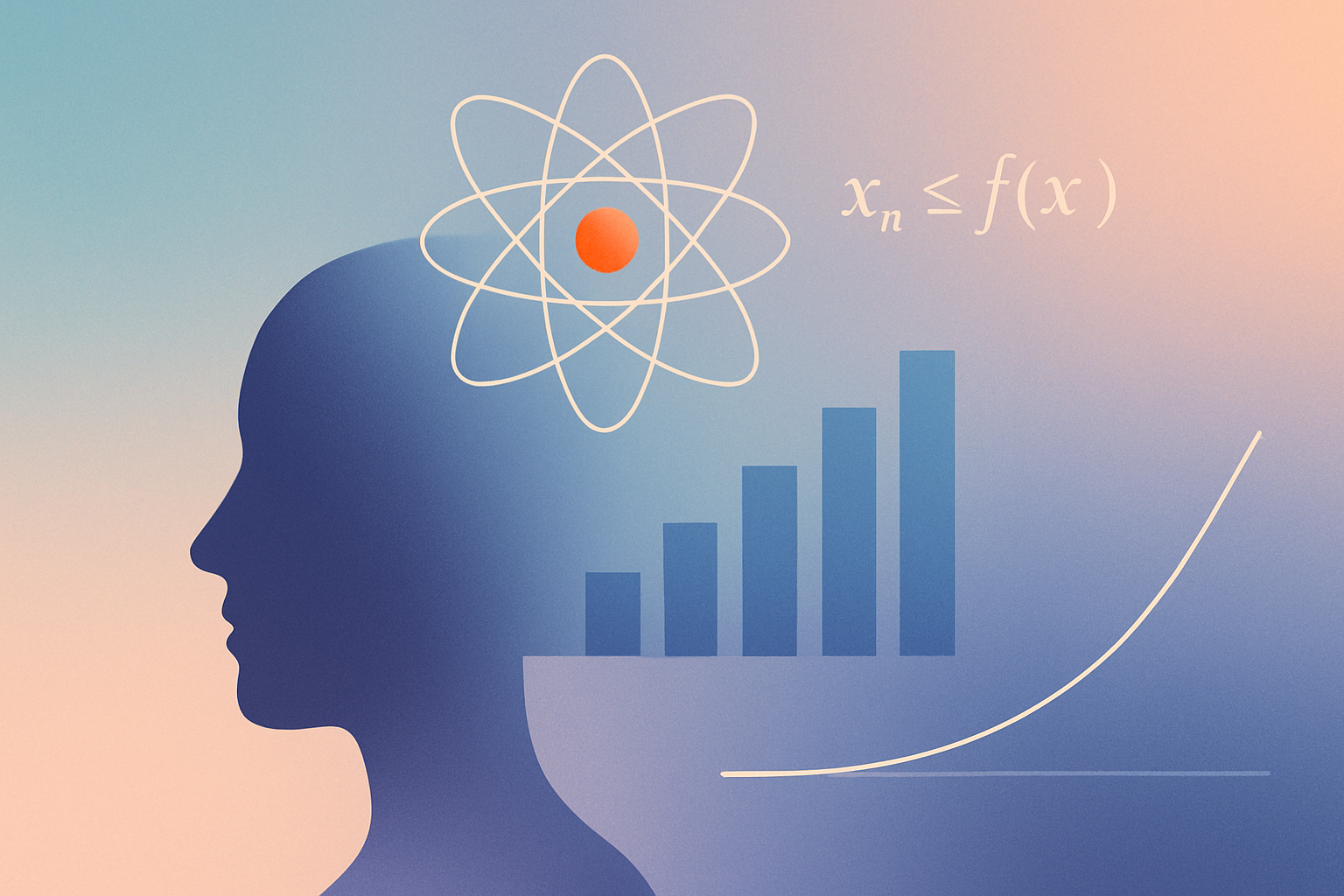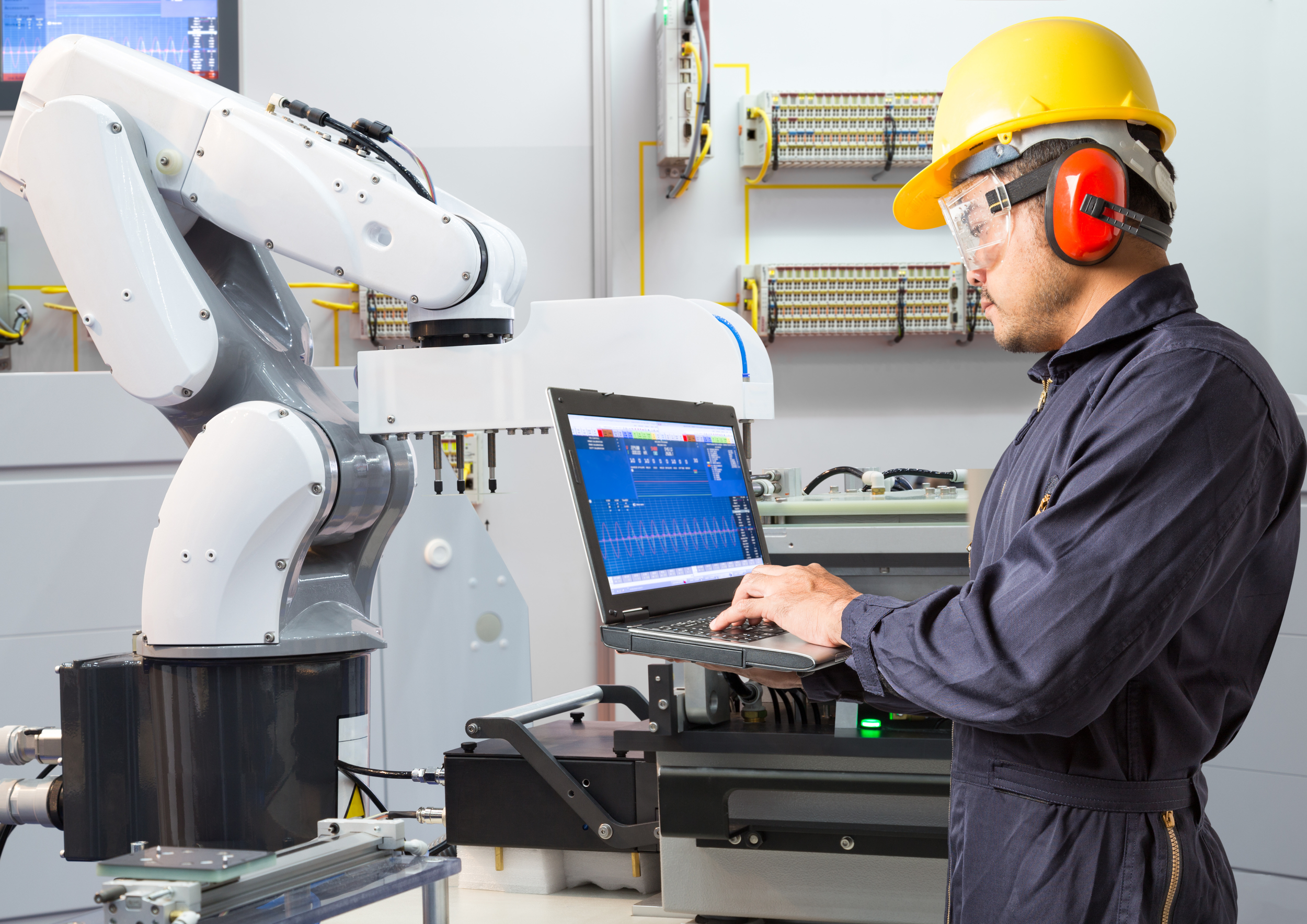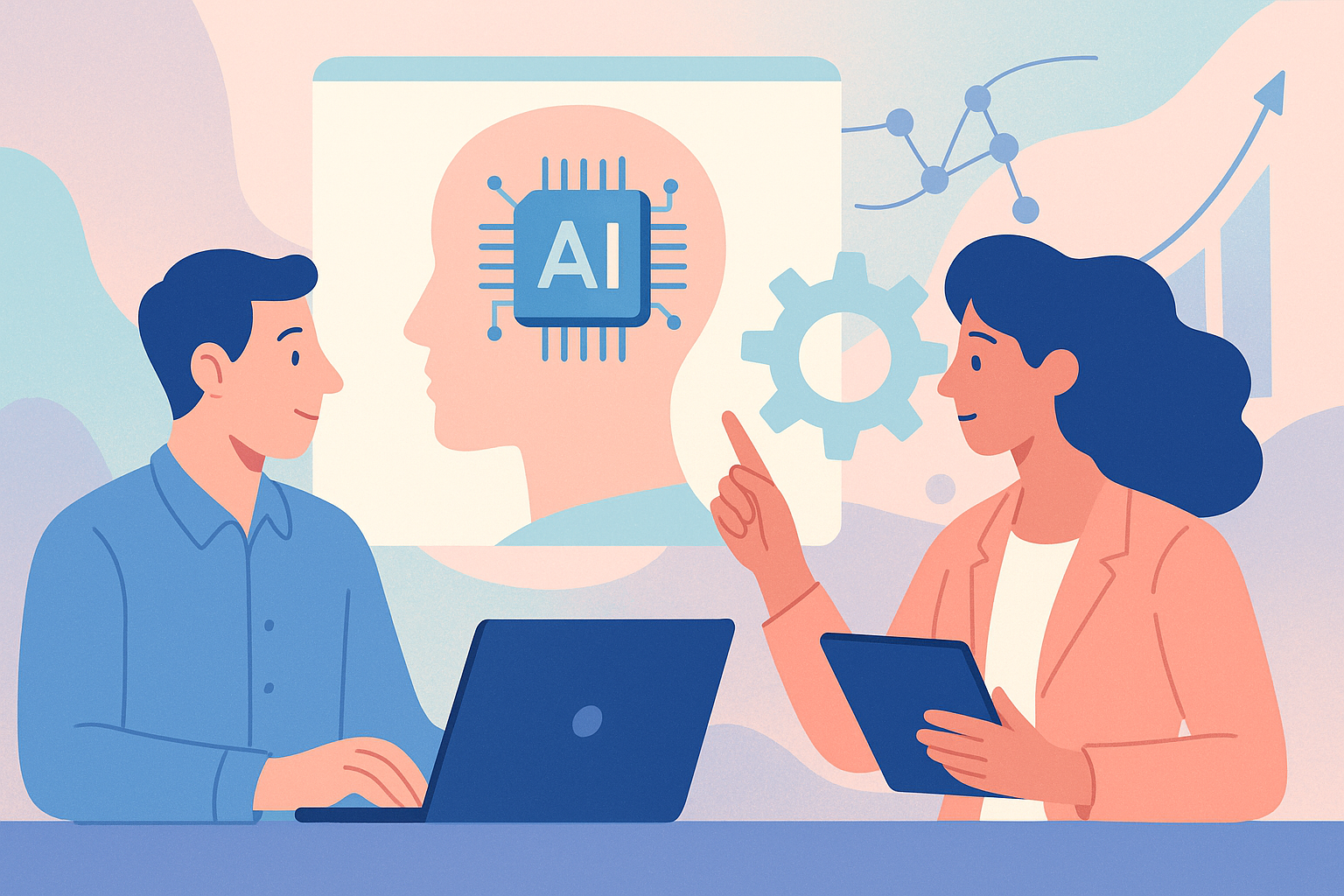UK Minister for Science, Research and Innovation says Aston University-led neuromorphic computing could be the key to tackling data centre energy use
Lord Patrick Vallance, the UK’s Minister for Science, Research and Innovation, says that neuromorphic computing, led by Aston University, could “fundamentally transform” how AI operates.

The UK Multidisciplinary Centre for Neuromorphic Computing, led by Aston Institute of Photonic Technologies (AIPT), launched officially at the House of Lords on 21 October.
The consortium includes seven universities and 22 non-academic partners and aims to address the amount of energy used by data centres. Already, these centers use an estimated 2.5% of all UK electricity and this is expected to rise significantly as AI advances.
“Data centres demand enormous energy and water resources and left unchecked. Without thinking about how we can manage this and innovate we would threaten clean energy and net zero ambitions,” Lord Vallance commented at an event to mark its launch.
“Future computing paradigms offer a potential path to not only more ways of thinking about how to compute but also overcoming some of the traditional limitations of traditional computing, particularly in scenarios where energy efficiency or new capabilities are important. It seems to me the centre embodies that ambition; neuromorphic computing, inspired by the brain's really remarkable energy efficiency, could fundamentally transform how AI operates.”
The centre has received £5.6 million in funding over four years from the Engineering and Physical Sciences Research Council, although it aims to be financially sustainable beyond this initial funding period.
Professor Sergei Turitsyn, Director of AIPT, added: “Some people ask ‘what exactly is neuromorphic computing? Arguably, there no universal answer, and this is exactly the point about our centre. Some people tell you it is nature-or brain-inspired, others stress non digital features and some focus on energy saving or analogue signal processing.
“That's why we need researchers from different disciplines to work together and that is why this group of universities and industrial partners will start this broad approach, with neuroscientists, working with experts in material science, algorithms, electronics and photonics.”























